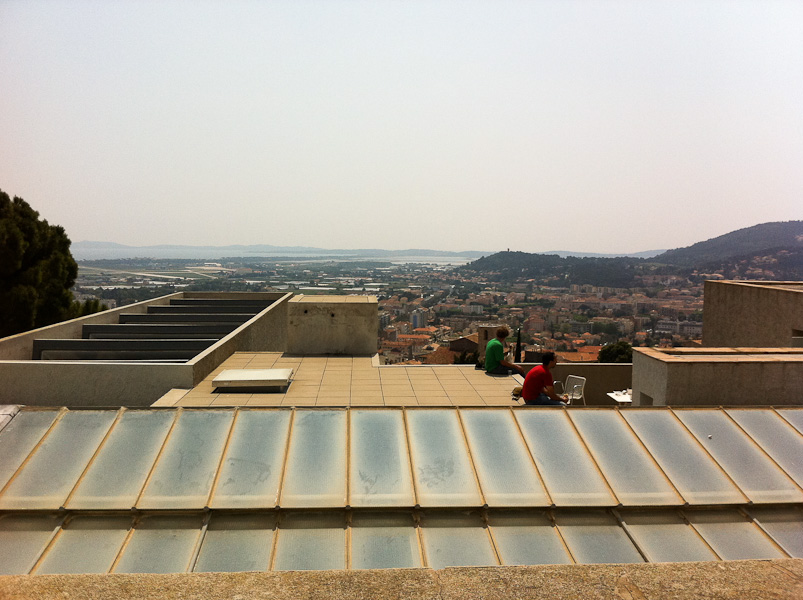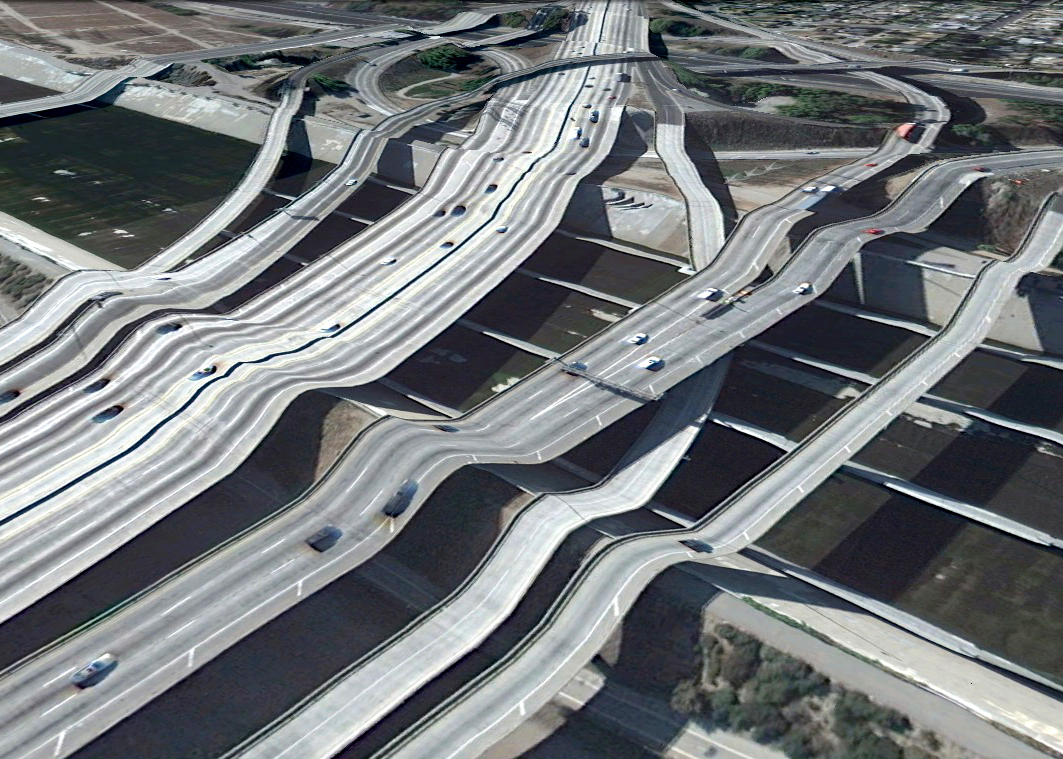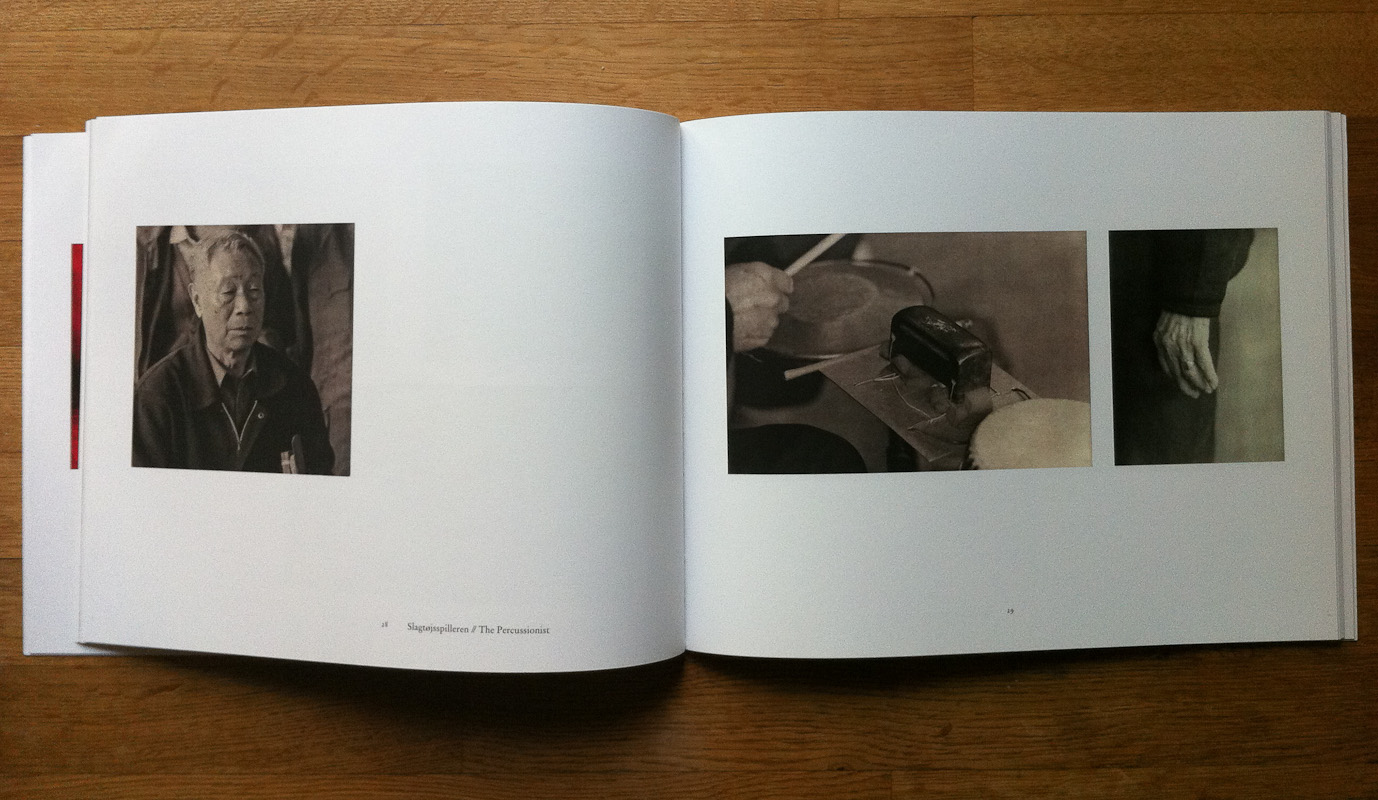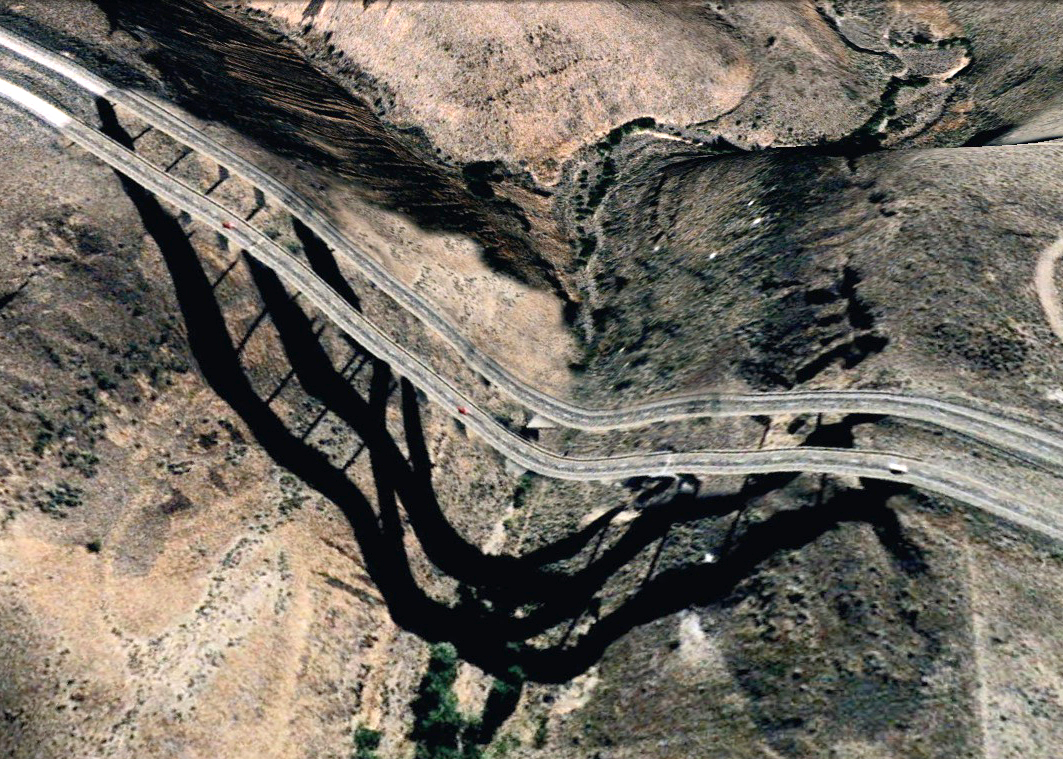I've just written a piece for the magazine European Photography in which I touch on the lack of substantial online discussion on current trends in photography and where things are going. I'll be posting the piece on eyecurious soon, so I won't go into detail here, but in general my feeling is that although online activity on photography is growing by the day, it is becoming commensurately shallower as a result. Fortunately there are examples which buck the trend. Foam, the Amsterdam photo-museum, has recently added What's Next? to its expanding range of content. What's Next? is a supplement to Foam's quarterly magazine but also an online discussion forum which is designed to spark discussion on current trends and how they are affecting the development of photography. The museum recently organised an expert meeting in Amsterdam around the What's Next project with an impressive line-up including Charlotte Cotton, Fred Ritchin, Thomas Ruff, Joachim Schmid and many others (you can see a number of the presentations from the meeting on Foam's youtube channel). Although the design of the site messes with my eyes and head a little bit, there is some terrific content on here running from photobooks to photojournalism. As a blogger I find that the most satisfying experiences writing online are those which spark a discussion, debate or even an argument. If you are interested in any of the above, I highly recommend a visit to What's Next?
Hyères 2011
 I've just recently returned from the 2011 edition of the Hyères fashion and photography festival which takes place at the Villa Noailles. For those who are not familiar with Hyères (I was not until a couple of years ago) it's important to note the use of the word "and" between 'fashion' and 'photography'. This is not a fashion photography festival but a festival with two distinct parts. Given that I know next-to-nothing about fashion photography and possibly even less about fashion itself, I wasn't sure what to expect, but I came back genuinely energised.
I've just recently returned from the 2011 edition of the Hyères fashion and photography festival which takes place at the Villa Noailles. For those who are not familiar with Hyères (I was not until a couple of years ago) it's important to note the use of the word "and" between 'fashion' and 'photography'. This is not a fashion photography festival but a festival with two distinct parts. Given that I know next-to-nothing about fashion photography and possibly even less about fashion itself, I wasn't sure what to expect, but I came back genuinely energised.
Hyères doesn't have the same visibility as the Rencontres d'Arles and in fairness the festival takes place on a much more intimate scale than the vast sprawl of it's cousin from up the road. Whereas a lot of the work being presented in Arles is well-known and critically recognised, Hyères functions more like a photographic incubator, both by focusing the competition on emerging young talent and also by exhibiting work that you are unlikely to see elsewhere. For instance the 2011 festival included a selection of Erwin Blumenfeld's photographs all of which were used as Vogue covers, something you are unlikely to see in a photography museum. After seeing this show and stepping into a newsagents, I couldn't help feeling that fashion photography as a genre seems to have regressed hugely from the inventiveness and experimentation of Blumenfeld's era, particularly for established magazines like Vogue.
The core of the photography component of the festival is a group exhibition of a shortlist of 10 emerging photographers, one or several of whom are selected by a jury for a grand prize. A look back at the shortlisted photographers from previous festivals and you are guaranteed to find not only excellent and exciting work and a lot of genuine discoveries. This year was no different, with work by Andrey Bogush, Kim Boske, Emily Hyperion Dubuisson, Katarina Elvén, Anouk Kruithof, Ina Jang, Mårten Lange, Marie Queau, Awoiska van der Molen and Marc Philip van Kempen. Most of the short-listed photographers have no experience of fashion photography at all and, in addition to the grand prize, a few of them may find themselves trying their hand at it for the first time following Hyères, an exercise which I think would be fascinating for any emerging photographer.
This year's grand prize winner was the young Dutch photographer Anouk Kruithof. She was selected unanimously by the jury for her inventiveness and her versatility. The series she presented at Hyères, the Daily Exhaustion, is a wonderfully simple idea in an equally wonderfully simple book/zine form, but I also recommend a trip to her website which is full of interesting material. A special mention was also given to Katarina Elvén, a set designer from Sweden who is working on a an ambitious but very thoughtful project relating to surface and aesthetics... one to look out for in the future. I also made another discovery in Hyères, but this one was on the jury rather than the shortlist. Fellow jury member and a photographer, provocateur and penseur, Jason Evans: the man behind the Daily Nice, the New Scent, contributor to the terrific Words Without Pictures and much more.
One particularly refreshing aspect of the festival is the time that is allocated to see each photographer. Portfolio reviews, which appear to be becoming more and more popular, seldom offer more than 20 minutes per review whereas at Hyères jurors spend between anything between 30 minutes and 1h30 with each of the shortlisted photographers, almost enough time for a conversation. But the thing that really makes Hyères stand out from other photography festivals is that it creates a space to consider photography in a different context. Just by combining fashion and photography, the festival is forcing us to reconsider what we think of as photography and offering a reminder of how insular the 'fine art photography' world can be. Whether you like fashion photography (or any other applied photography for that matter) or not, it has to be recognised that it is too often dismissed as inferior or just plain ignored by the art photography world. During my four days in Hyères I found myself having more conversations about photography in its many different forms than I have at all the other photography festivals I have attended put together.
 Aside from these issues of substance, combine the fact that this all takes place in an absolutely gorgeous 1930s modernist villa and that being on photo-jury duty also involves a collective swim in the Mediterranean and you will understand why Hyères has immediately become a personal favourite.
Aside from these issues of substance, combine the fact that this all takes place in an absolutely gorgeous 1930s modernist villa and that being on photo-jury duty also involves a collective swim in the Mediterranean and you will understand why Hyères has immediately become a personal favourite.
Review: Valerio Spada, Gomorrah Girl
 I caught up with Valerio Spada after missing the book launch of Gomorrah Girl at Le Bal in Paris in early March. The tallest Italian I have ever met, his enthusiasm and heart-on-his-sleeve sincerity are infectious and endearing (check out his Tumblr for a nice example of this). Spada explained how Gomorrah Girl had initially come about as a shoot on adolescence in Naples, during which he had discovered the story of Annalisa Durante, a 14 year-old girl who was killed, shot in the head by a stray bullet in an assassination attempt, as she was talking to a young Camorra mobster. It was when Spada heard Annalisa's story from her father Giovanni Durante, that he realised that he had found the heart of his project. After the excellent film, Gomorrah by Matteo Garrone (based on the Roberto Saviano novel), Spada's book also focuses on adolescence but more specifically on the plight of the teenage girls living in this fiercely masculine world.
I caught up with Valerio Spada after missing the book launch of Gomorrah Girl at Le Bal in Paris in early March. The tallest Italian I have ever met, his enthusiasm and heart-on-his-sleeve sincerity are infectious and endearing (check out his Tumblr for a nice example of this). Spada explained how Gomorrah Girl had initially come about as a shoot on adolescence in Naples, during which he had discovered the story of Annalisa Durante, a 14 year-old girl who was killed, shot in the head by a stray bullet in an assassination attempt, as she was talking to a young Camorra mobster. It was when Spada heard Annalisa's story from her father Giovanni Durante, that he realised that he had found the heart of his project. After the excellent film, Gomorrah by Matteo Garrone (based on the Roberto Saviano novel), Spada's book also focuses on adolescence but more specifically on the plight of the teenage girls living in this fiercely masculine world.
Hearing Spada talk about this book it is clear that after discovering the story of Annalisa, she became a constant presence that accompanied him in the background to every one of his shoots in the city. What I found ingenious in Gomorrah Girl is that it succeeds in translating this duality into the form of the book. It is essentially two intertwined books, the first simply presenting straight photographs of the police report on Annalisa's shooting and the second containing Spada's photographs of different aspects of the city's adolescent life. By interweaving these two books page by page, Annalisa's story, as embodied by the police report on her accidental murder, becomes a constant backdrop to the portraits of the young girls that make up the second book. This structure gives the book a certain ominous feeling, as if Annalisa's fate is hanging over each of the girls pictured in the book and could become theirs at any moment. The design by Sybren Kuiper (what is it with the Dutch photobook mafia?!?!) is intelligent and turns this otherwise straightforward documentary project, into something more interesting and multi-layered.
In a way, what I enjoyed most about the book is the way the object is so important in telling the story. Another example of the intelligence of the design is that, in addition to the two-book structure, the paper used for the police report section of the book is very flimsy, and, if you spend enough time with Gomorrah Girl, it's likely that its pages will resemble those of the police report that it depicts. Although Spada's portraits of Neapolitan adolescents are quite strong, I found myself wanting a more in-depth into their world rather than just a glimpse of each of their individual stories. I found that the book fell a little short of presenting a more complex and developed picture of the world in which these adolescents live. There are some fascinating threads to follow however, such as the neomelodico girls, which would be worthy of a book project in itself. In one caption Spada explains that the neomelodico "can make up to 200,000 euros per year for singing at weddings and other various ceremonies ... Through some of these songs and ceremonies the Camorra families send messages to each other." In a portrait of one of these young singers, tears roll down the girl's face but her expression betrays no emotion... if anything her face shows how hard she has had to become to live in the world that surrounds her.
Valerio Spada. Gomorrah Girl. Cross Editions (self-pub., soft cover, 40 + 40 pages, colour plates, 2011). Limited edition of 500 copies.
Rating: Recommended
Review: Inger Lise Rasmussen, Brilliant City
 When I met Inger Lise Rasmussen at the Fotofest Paris portfolio review last November, one of the first things she said to me was "I'm not a photographer, I'm a print-maker." This distinction is worth keeping in mind when looking at her work. Going through her portfolio at the time, it was clear to me that each of her prints should be considered as objects rather than just as images. She makes her prints using a photo-gravure process and her background as a graphic artist comes through clearly in her compositions of multiple images on a single sheet of the rich, textured papers which she uses. I found the results to be quietly beautiful and very different to the other work which I reviewed at the time.
When I met Inger Lise Rasmussen at the Fotofest Paris portfolio review last November, one of the first things she said to me was "I'm not a photographer, I'm a print-maker." This distinction is worth keeping in mind when looking at her work. Going through her portfolio at the time, it was clear to me that each of her prints should be considered as objects rather than just as images. She makes her prints using a photo-gravure process and her background as a graphic artist comes through clearly in her compositions of multiple images on a single sheet of the rich, textured papers which she uses. I found the results to be quietly beautiful and very different to the other work which I reviewed at the time.
Given the importance of the print-making process to Rasmussen, I was curious how her work would translate into book form, particularly into the form of a fairly straightforward exhibition catalogue such as this one. Although I think she is being a little hard on her herself (and more than a little tongue-in-cheek) when she says "I'm not a photographer," I do think that her pictures are more interesting as graphic elements with a very particular atmosphere and texture than as photographic images.
In 2007 and 2008 Rasmussen made two trips to China to study the country's exploding urban growth in the cities of Beijing, Xian, Wuhan, Chongqing and Shanghai. The resulting collection, Brilliant City, is not broken down into separate sections for each city, but structured as a series of small chapters on different characteristic aspects of urban China. These fragments go from the 'big picture' of the cities' structures (old hutong neighbourhoods being torn down, cityscapes of new neighbourhoods of huge residential blocks) to the more detailed and human (a group of grasshopper collectors, a metal worker, a percussionist). Unfortunately, I found that the book suffered a bit from this fragmented structure: it felt like the series of vignettes that it contains didn't quite add up to a coherent or complex impression of the China's emerging mega-cities. Although the book is well printed, having seen Rasmussen's prints, I don't think the book quite manages to replicate the richness of the gravure tones and texture of her prints.
Brilliant City is at it's best when the pages of the book echo the graphic compositions of Rasmussen's prints. Her gravure technique is also better suited to the more intimate images (grasshopper collectors, a lone percussionist) than the sprawling cityscapes. In a chapter entitled 'Lost in Singing', an old woman singing fades gradually out of focus across a series of three images punctuated by a fourth image of an ancient stone, a sequence which manages to be both poetic and, frankly, strange.
What I enjoyed most about Brilliant City was seeing one of the hottest subjects in contemporary photography (urban growth in China) treated in a very different way from the many large-format formal studies that have appeared in recent years. Although Rasmussen uses old, some might even say antiquated, techniques this gives her work a more lyrical sensibility without misleading the viewer into thinking that these are images of the past. There is still a strong sense of this being China now. Although some of the subjects felt a little too obvious (the fading lanterns or the building sites), the book doesn't fall into the trap of romanticising the past and criticising it's modern replacement. It feels more like a slightly melancholy acceptance of the fact that China is undergoing a radical transformation, for better or for worse.
Inger Lise Rasmussen, Brilliant City. Aarhus Kunstbygning (Soft cover, 63 pages, black-and-white and colour plates, 2009).
Rating: Worth a look
Postcards from Google Earth
 Google just won't stop popping up in the art world these days. After the much-hyped and thus far disappointing Google Art Project and several interesting photographic projects using Google Street View technology, the French artist Clement Valla has used Google Earth to create his Bridges series. The series began when Valla, who has worked as an architect and designer, noticed a bug in Google Earth's 3D view: while the software uses the altitude of the ground to create it's 3D renderings, it isn't accurate enough to pick up on bridges which find themselves warping and melting according to the contour of the surrounding landscape. The results remind me a little of Fontcuberta's Landscapes without memory, landscapes that seem only to be possible in a computer's imagination.
Google just won't stop popping up in the art world these days. After the much-hyped and thus far disappointing Google Art Project and several interesting photographic projects using Google Street View technology, the French artist Clement Valla has used Google Earth to create his Bridges series. The series began when Valla, who has worked as an architect and designer, noticed a bug in Google Earth's 3D view: while the software uses the altitude of the ground to create it's 3D renderings, it isn't accurate enough to pick up on bridges which find themselves warping and melting according to the contour of the surrounding landscape. The results remind me a little of Fontcuberta's Landscapes without memory, landscapes that seem only to be possible in a computer's imagination.








